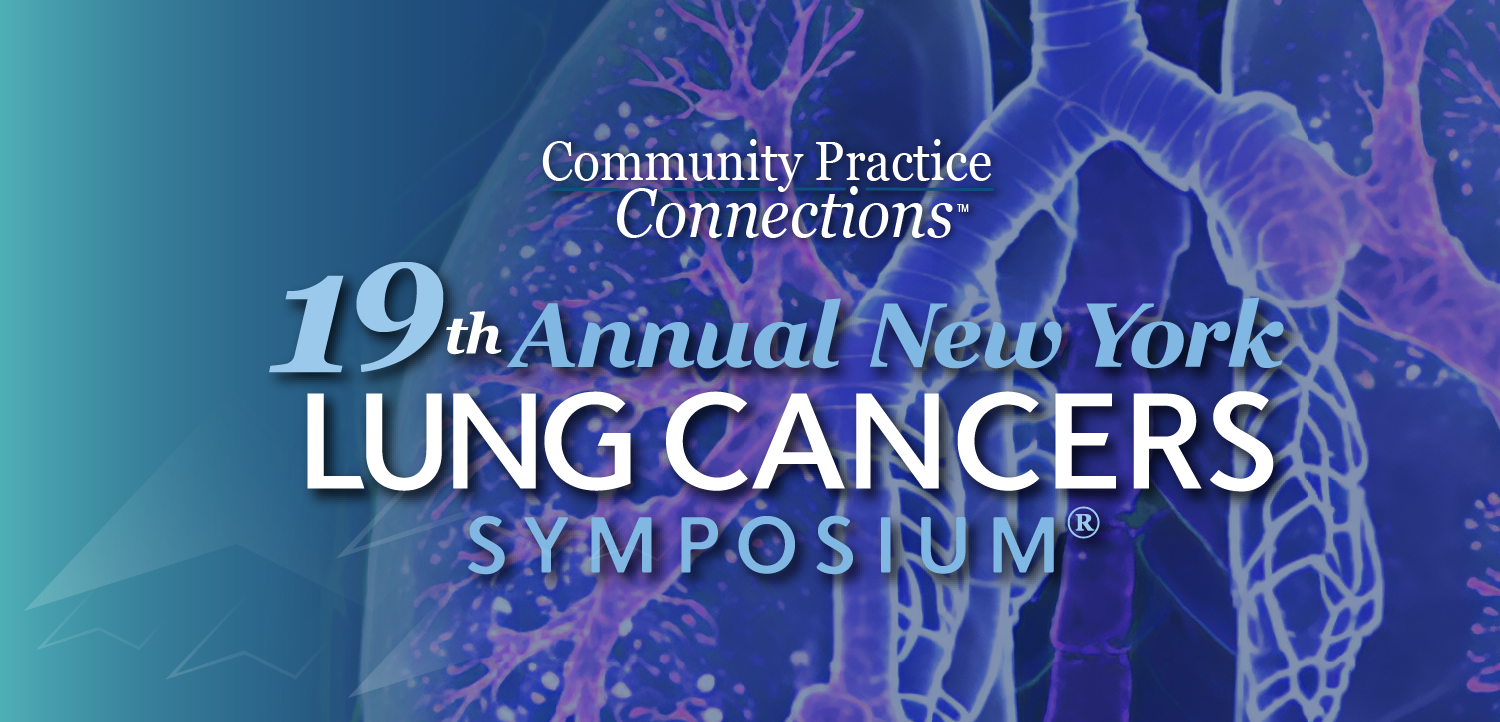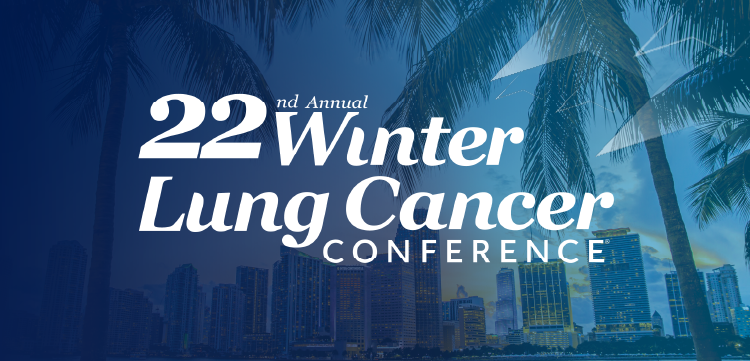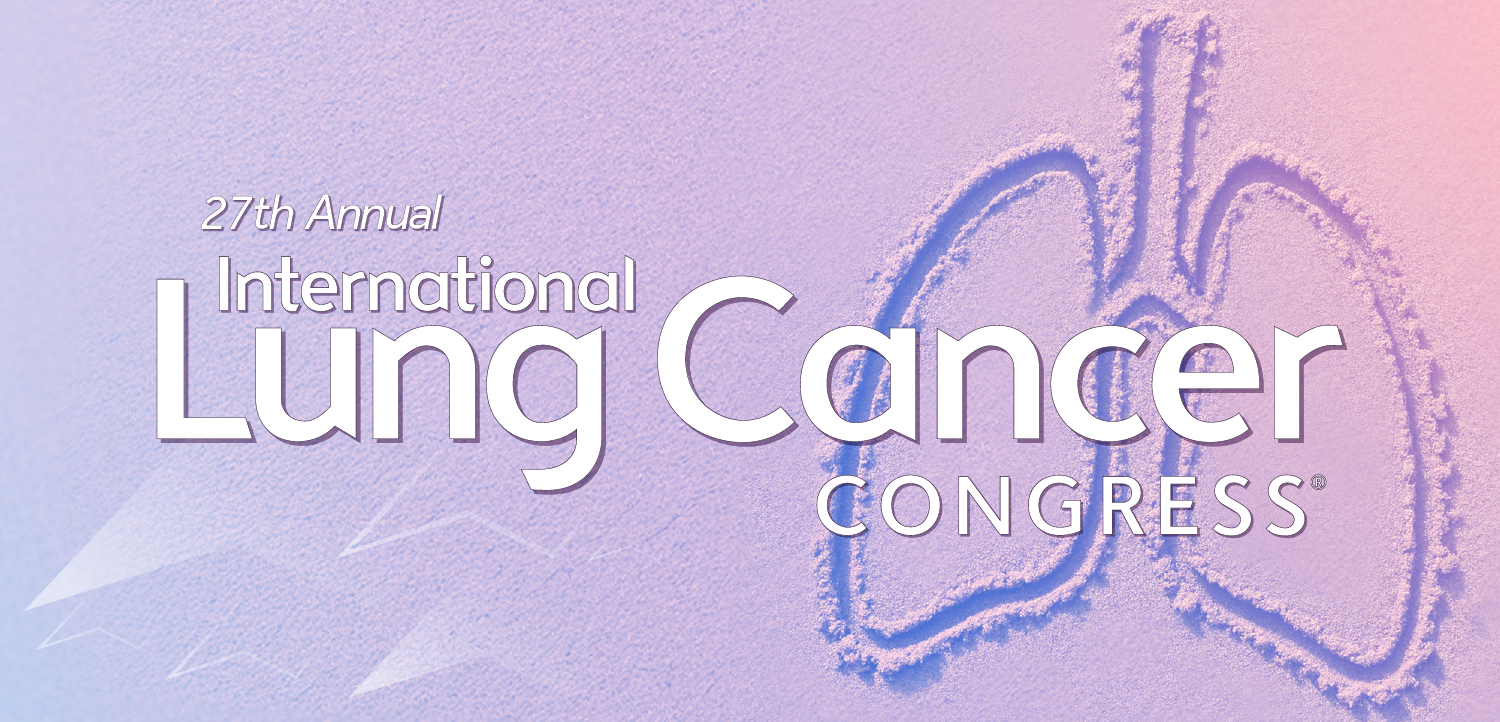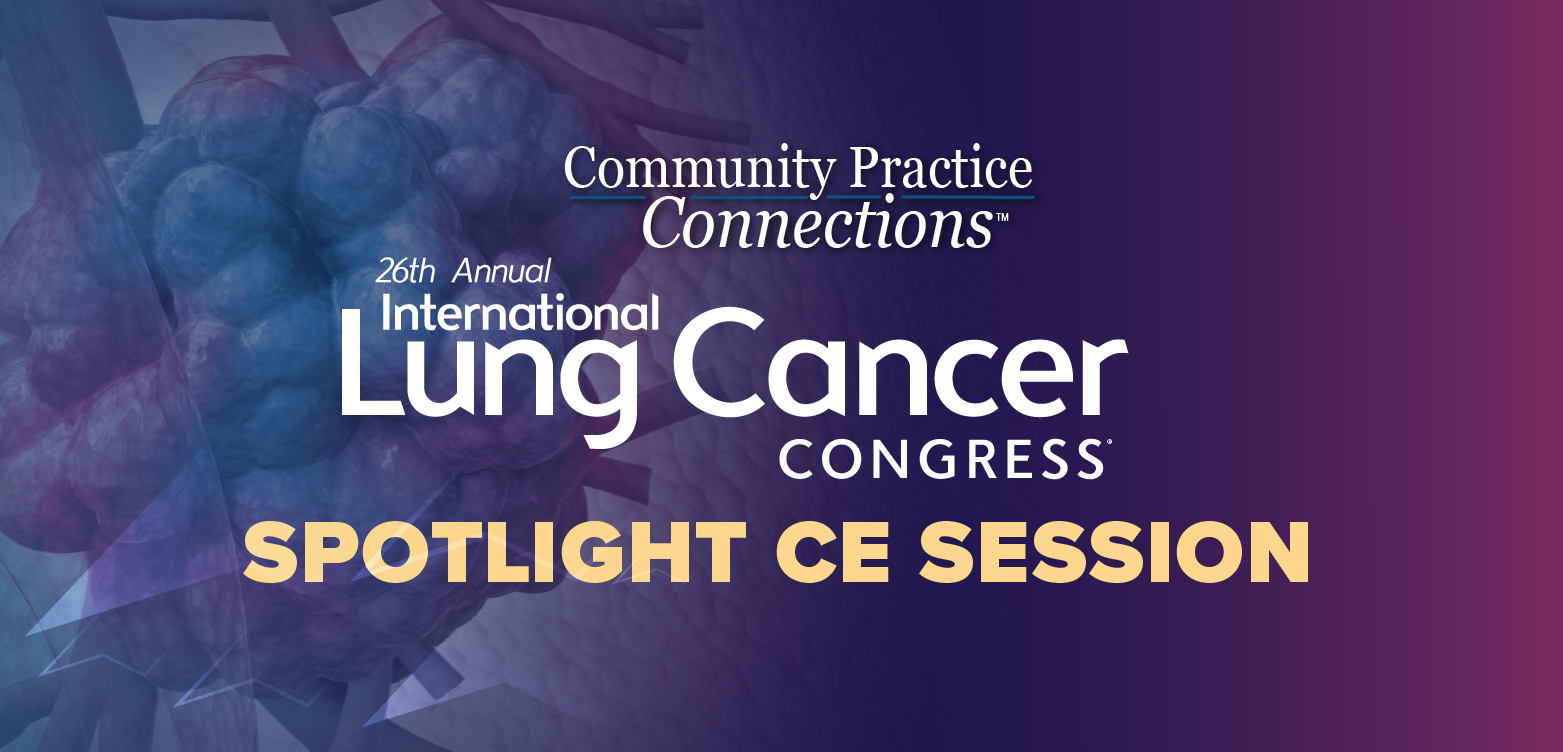
- MHE February 2025
- Volume 35
- Issue 2
The QALY Has Turned 50. Some Think It Should Get Early Retirement
The quality-adjusted life years has shown staying power in cost-effectiveness calculations, but some say it has major flaws and have proposed alternatives.
Richard Zeckhauser, a professor at the Harvard Kennedy School in Cambridge, Massachusetts, and Donald S. Shepard, then a lecturer at the Harvard T.H. Chan School of Public Health in Boston are frequently credited with being the first to use the term “quality-adjusted life-year” (QALY) in a peer-reviewed publication.
Some might say their 1976 article in Law and Contemporary Problems kicked off a long history of trouble. The QALY, the most commonly used unit of measurement in cost-effectiveness of medical interventions, is nothing if not controversial. Its critics say it devalues interventions that help people who have disabilities or who are older. Its defenders often acknowledge its shortcomings but say it is useful, as demonstrated by its staying power. Both the Affordable Care Act and the Inflation Reduction Act have language that effectively bars the use of QALYs.
An article in the International Society for Pharmacoeconomics and Outcomes Research’s
Researchers from the University of Washington in Seattle developed the health years in total (HYT) as a QALY alternative. HYT is calculated by adding life expectancy to modified QALYs. Some view the HYT as being less discriminatory than the QALY. Darius N. Lakdawalla, Ph.D., of the University of Southern California in Los Angeles and Charles E. Phelps, Ph.D., of the University of Rochester have proposed a third QALY alternative called generalized risk-adjusted cost-effectiveness (GRACE).
One central feature of GRACE is that quality-of-life gains are given more weight among those who are ill. The thinking is that just as $5,000 is more valuable to a poor person than a rich one, health gains tend to be more valuable to those who are ill than those who are healthy.
Articles in this issue
10 months ago
How Can We Get Better?10 months ago
What Does ‘Cure’ Really Mean?11 months ago
‘You’re Beautiful’: Life After Double Mastectomy11 months ago
Want to Improve Patient Care? Waste Not the DataNewsletter
Get the latest industry news, event updates, and more from Managed healthcare Executive.

















































